Aquarius Project Visualizations
The Aquarius Project is a large-scale collaborative programme of the Virgo Consortium, similar in scope and scale to the Millennium Simulation project. The principal set of Aquarius simulations contains six examples of an isolated halo similar in mass to that of the Milky Way. These are simulated in their full cosmological context (assuming the concordance LCDM cosmology) and at various resolutions up to about 200 million particles (counted within the radius where the enclosed density is 200 times the cosmic mean). One halo is also simulated at even higher resolution, resulting in almost 1.5 billion particles within this radius. These simulations are being used to understand the fine-scale structure predicted around the Milky Way by the standard structure formation model, and as the basis for simulation by various techniques of the growth of the stellar components of our Galaxy.
Credit for the visualizations below should be given to V. Springel and the publication:
- The Aquarius Project: the subhaloes of galactic haloes
Springel V., Wang J., Vogelsberger M., Ludlow A., Jenkins A., Helmi A., Navarro J. F., Frenk C. S., White S. D. M. (2008)
Monthly Notices of the Royal Astronomical Society, 391, 1685 [ADS]
These images show the six Milky-Way sized halos we simulated, at z=0. The resolution corresponds to our resolution level 2, which has between 160 and 224 million particles in the final halo.
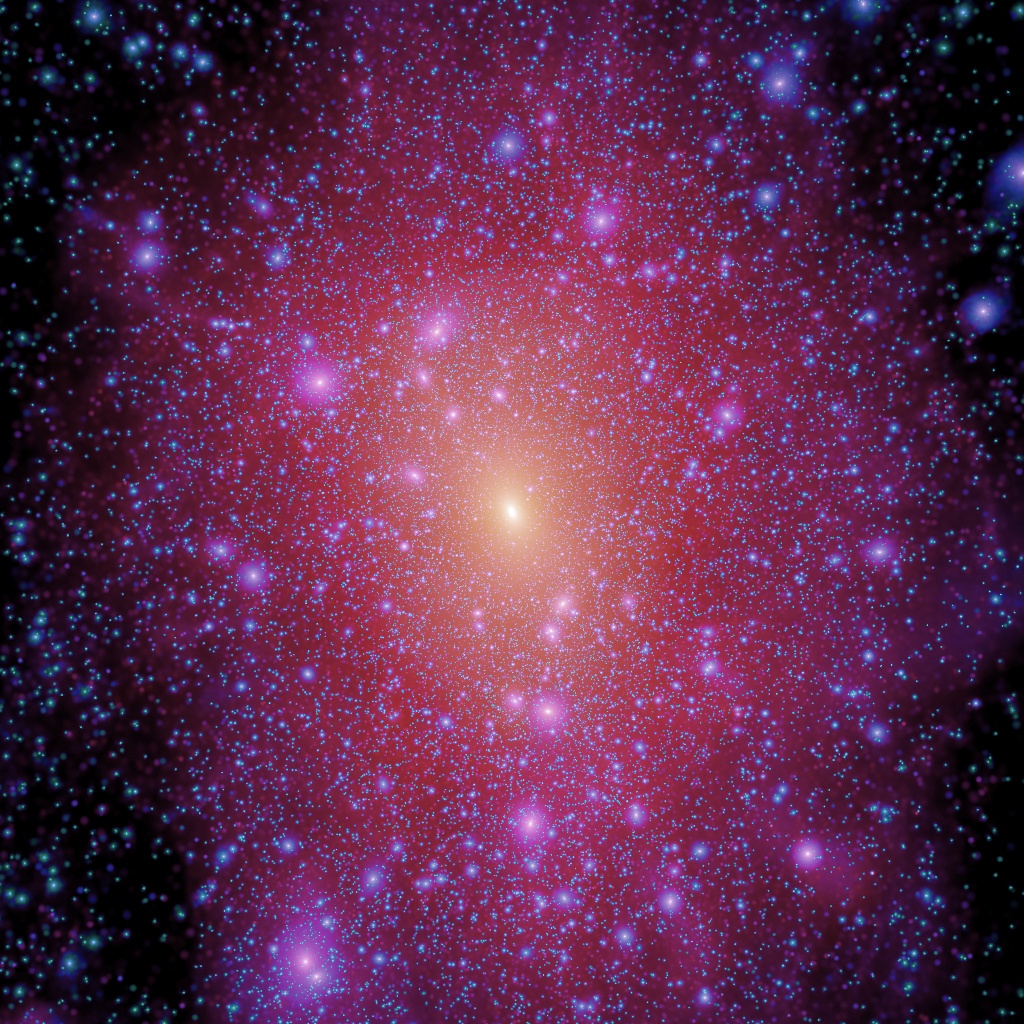
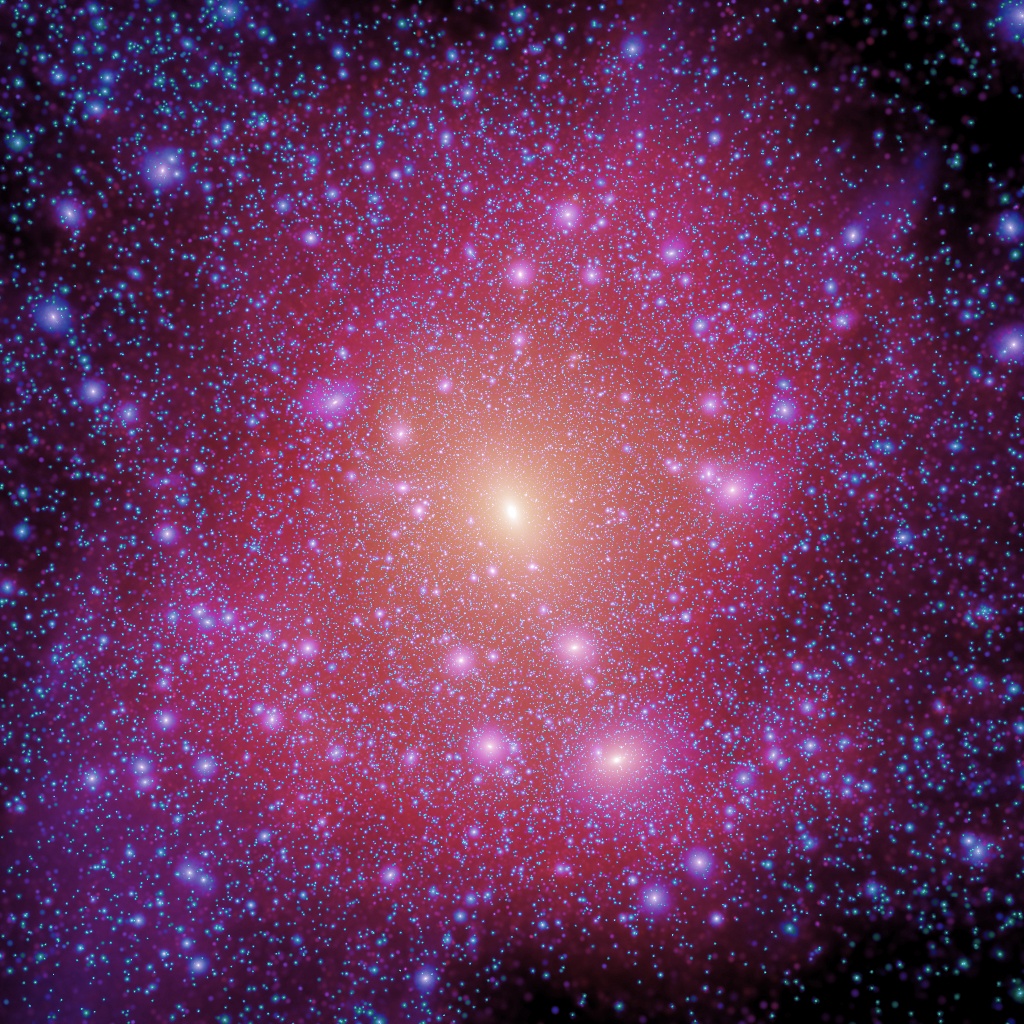
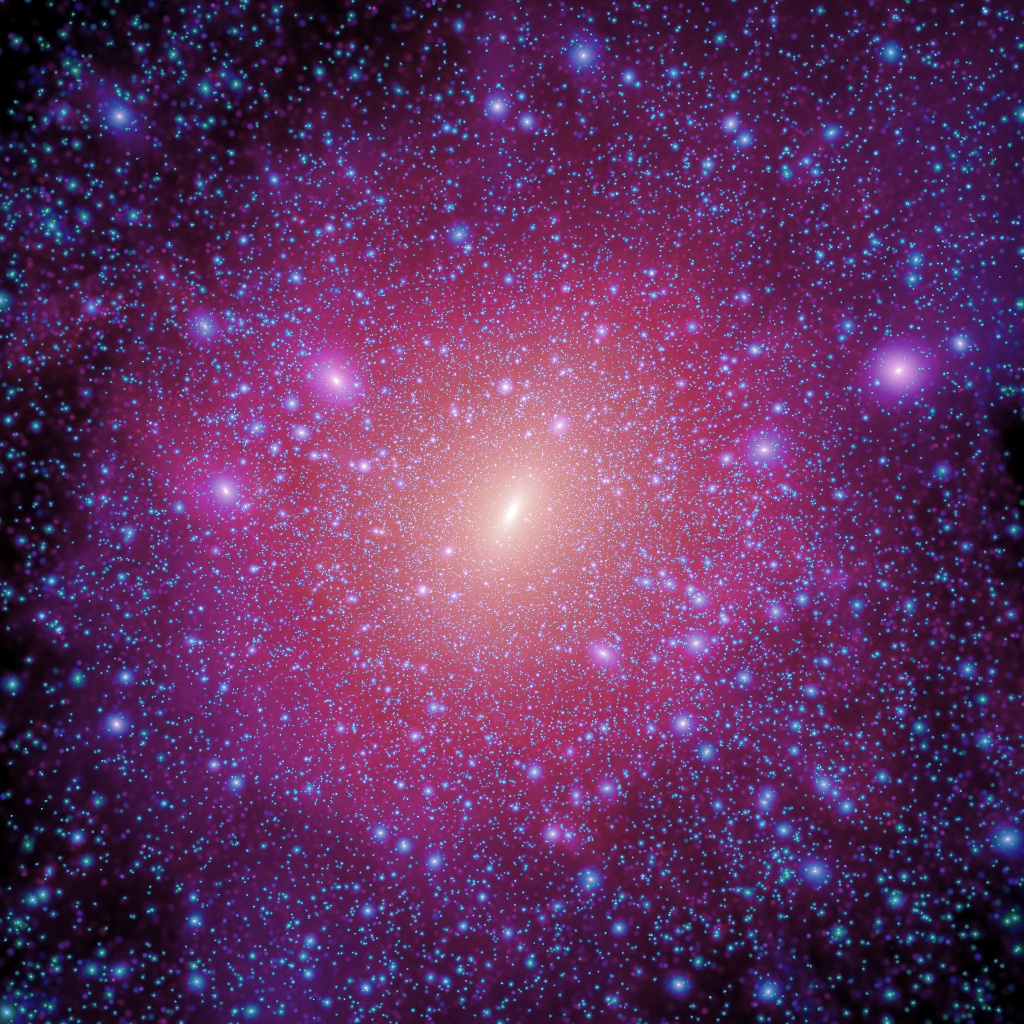
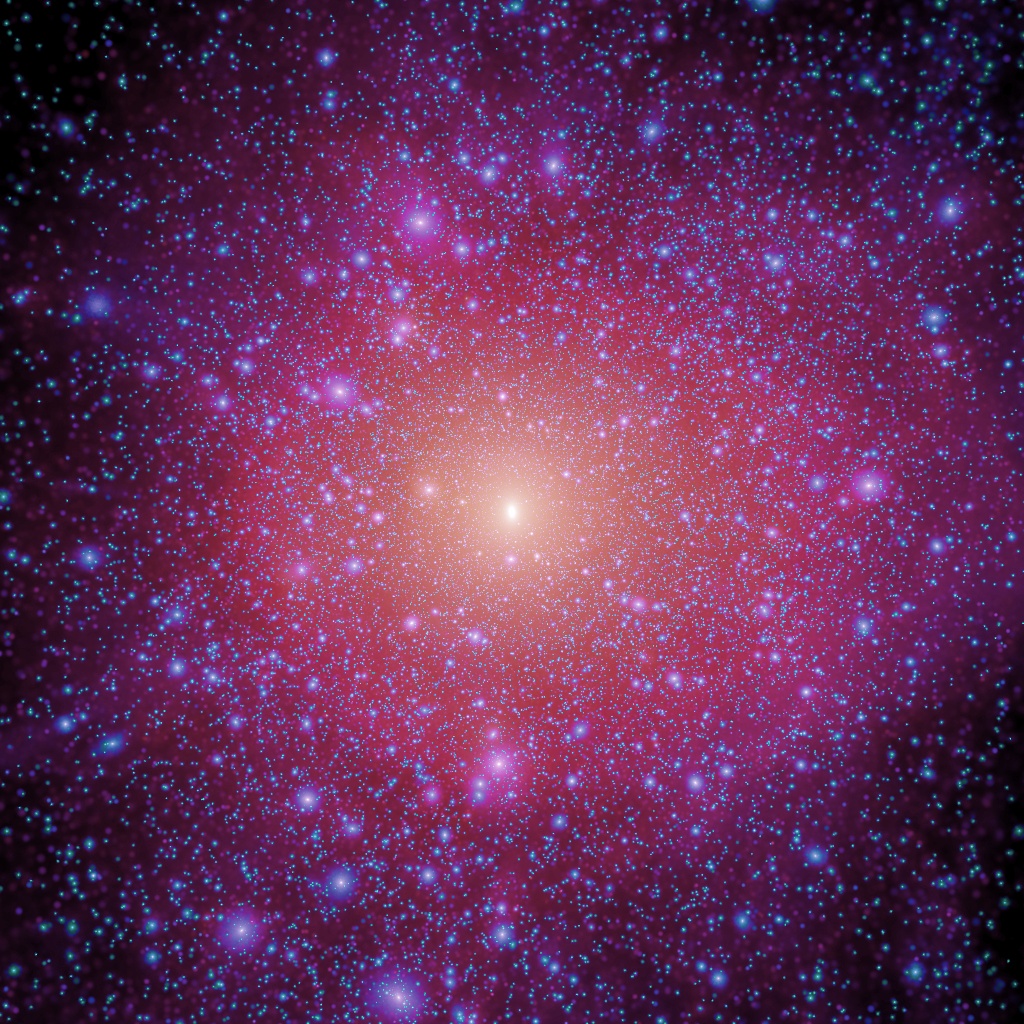
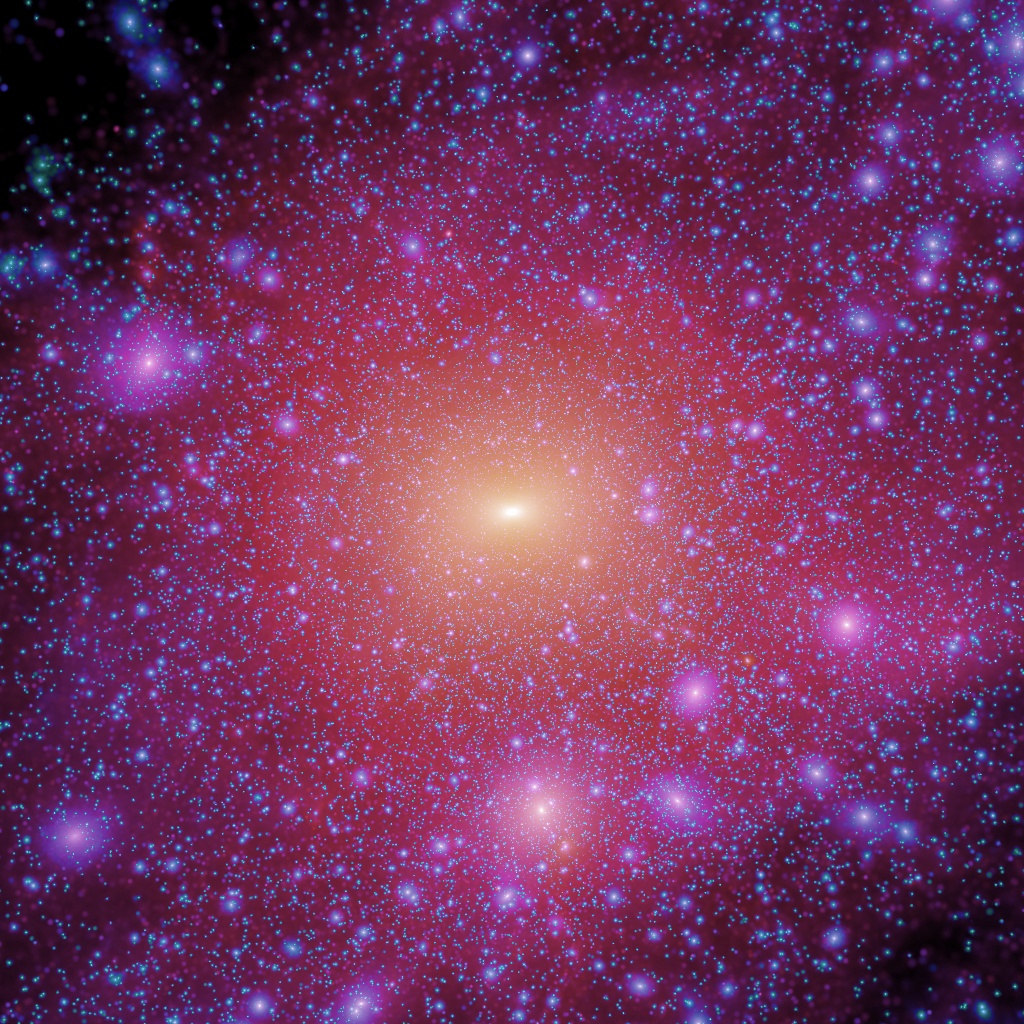
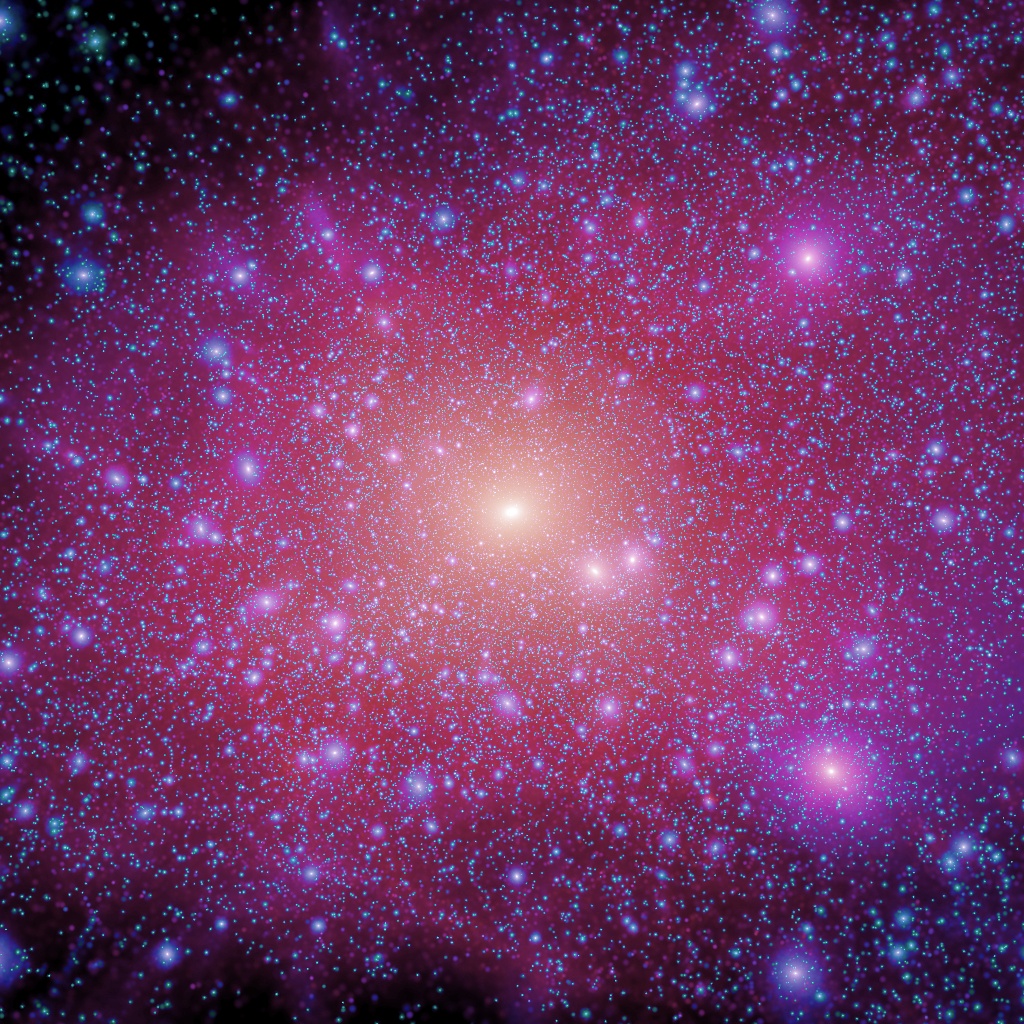
This movie shows the formation of one of the Aquarius halos we simulated, over nearly the full age of the Universe from redshift z~50 to z=0. The camera position moves slowly around the forming galactic halo, pointing towards its centre at all times. The movie is based on our Aq-A-2 simulation.

ultra-high quality, MPEG4-HD, 838 MB, 1920×1080
About HITS
HITS, the Heidelberg Institute for Theoretical Studies, was established in 2010 by physicist and SAP co-founder Klaus Tschira (1940-2015) and the Klaus Tschira Foundation as a private, non-profit research institute. HITS conducts basic research in the natural, mathematical, and computer sciences. Major research directions include complex simulations across scales, making sense of data, and enabling science via computational research. Application areas range from molecular biology to astrophysics. An essential characteristic of the Institute is interdisciplinarity, implemented in numerous cross-group and cross-disciplinary projects. The base funding of HITS is provided by the Klaus Tschira Foundation.